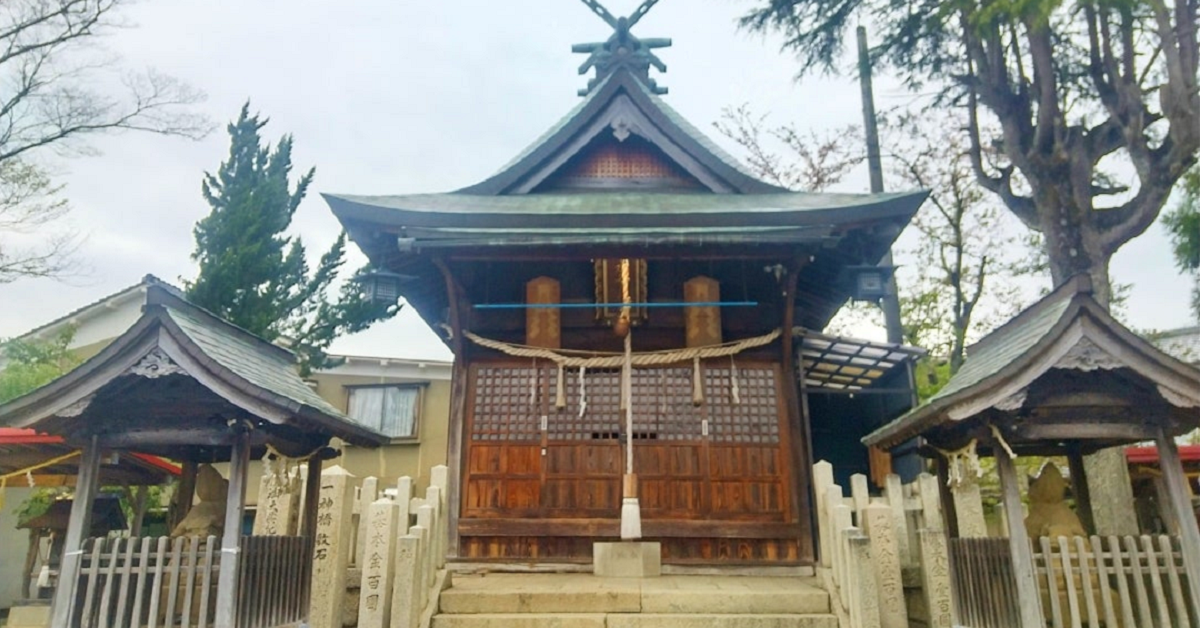In the mountains of Kyoto lies Minazuki Shrine, the setting of one of the most haunting scenes in the film Kokuhou.
It is here that Kikuo silently vows revenge for his father’s death, surrounded by sacred stillness and emotional gravity.
The serenity of the shrine does not erase his pain—it amplifies it, allowing the audience to feel the clash between sorrow and determination.
About Minazuki Shrine
Surrounded by dense forest, Minazuki Shrine has long been a sacred place cherished by the local community. Its moss-covered stone steps, towering cedar and cypress trees, and the sound of the wind passing through the leaves create a serene and spiritual atmosphere.
In the film, this shrine’s aura of solemn tranquility becomes a visual metaphor for the protagonist’s inner turmoil. The director intentionally avoided artificial lighting, relying instead on natural sunlight to capture the beauty of imperfection. Beams of light filtering through the trees and the fading hues of dusk deepened the film’s emotional resonance.
| Feature | Description | Cinematic Effect |
|---|---|---|
| Shrine’s tranquility | Sacred, secluded space with minimal human presence | Highlights the protagonist’s inner emotions |
| Stone steps and sunlight | Gentle light filtering through trees | Symbolizes redemption and resolve |
| Sound of wind and birds | Natural soundscape | Enhances unspoken emotions |
The quiet dignity of the shrine amplifies both the tension and poetic stillness of the film.
The Scene Where Kikuo Swears Revenge
Kikuo’s inner world burns with a mixture of anger and sorrow following his father’s death. His vow of revenge is made at the heart of Minazuki Shrine, where flickering lanterns cast faint light across the stone path. Without uttering a word, he grips his fists tightly, as though speaking to his father’s spirit through silence.
This moment embodies the theme of “the power of silence.” The director stripped away dialogue, allowing emotion to be conveyed solely through Kikuo’s gestures and breathing. Viewers can feel his anguish and determination without a single word being spoken.
| Stage of Emotion | Kikuo’s Action | Cinematic Purpose |
|---|---|---|
| Grief | Gazes at his father’s memorial | Accepts the reality of loss |
| Anger | Clenches his fists | Expresses inner conflict |
| Resolve | Takes a step forward | Commits to revenge and rebirth |
The scene transcends vengeance; it captures the moment a human being rises from despair and regains the strength to move forward.
The Role of Minazuki Shrine in the Film
Minazuki Shrine functions as a mirror of Kikuo’s inner world. The instant he passes through the torii gate, his expression transforms. Within this sacred space, he confronts both grief and destiny, ultimately finding clarity and purpose.
Structurally, the shrine connects the beginning and end of the narrative. The film’s opening scene, where Kikuo mourns his father, and the later vow of revenge both occur here, symbolizing the cycle of loss and renewal.
| Location | Meaning in the Scene | Narrative Significance |
|---|---|---|
| In front of the main hall | Praying for his father’s soul | The beginning of sorrow |
| Stone steps | Gripping his fists | The rise of determination |
| Bridge under the inlet | Swearing revenge | A step toward rebirth |
By staging this vow in a sacred place, the film juxtaposes sin and purification, darkness and light, crafting a deeply symbolic visual experience.
The Art of Direction and Visual Beauty
The brilliance of this scene lies in its use of light and shadow. As the sun sets, Kikuo’s face is half illuminated and half in darkness—representing the duality within him: justice and rage, sorrow and hope.
Sound design also plays a crucial role. The director reduced musical accompaniment to a minimum, allowing natural sounds—the wind, footsteps, and distant water—to carry emotional weight. The audience is drawn into a profound stillness, feeling the gravity of silence.
| Technique | Purpose | Effect |
|---|---|---|
| Filming with natural light | To unify character and environment | Creates realism and depth |
| Minimal music | To evoke tension through quietness | Emphasizes internal emotion |
| Long shots | To depict isolation | Highlights psychological distance |
The director’s philosophy was clear: “True emotion resonates most strongly in silence.”
The Cultural Significance of Minazuki Shrine
Minazuki Shrine has supported Kyoto’s spiritual and cultural life for centuries. Known as a site for prayers of harvest and family safety, it has long been intertwined with local traditions. After the film’s release, it gained fame as the “sacred site of Kokuhou,” attracting countless visitors.
The film revitalized community pride and encouraged preservation efforts. Locals began organizing shrine cleanups and seasonal festivals once more. This outcome demonstrates the power of art to revive local culture and bridge generations.
| Impact | Description | Result |
|---|---|---|
| Tourism boost | Influx of film enthusiasts | Economic revitalization |
| Cultural preservation | Restoration of traditional events | Continuation of heritage |
| Community pride | Renewed local identity | Reaffirmation of tradition |
Conclusion
The scene filmed at Minazuki Shrine in Kokuhou stands as a powerful convergence of human emotion and sacred space. Within this silence, the pain of loss transforms into determination, and revenge evolves into rebirth.
Kikuo’s figure—standing tall within the tranquil shrine—embodies the strength to live beyond grief. The stillness of Minazuki Shrine and its natural beauty embrace that strength, reminding the audience that even amid suffering, one can find light.
Minazuki Shrine is not merely a filming location but a mirror reflecting prayer, resolve, and the depth of the human spirit. Its serene world, captured on film, continues to resonate long after the credits fade.






